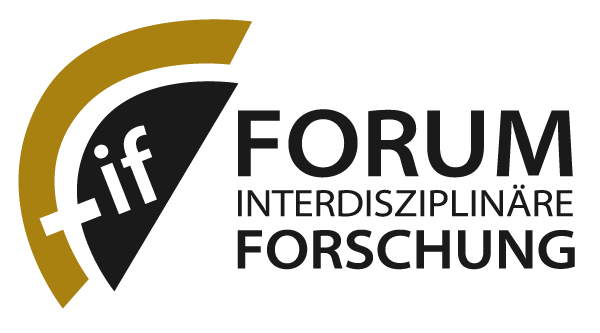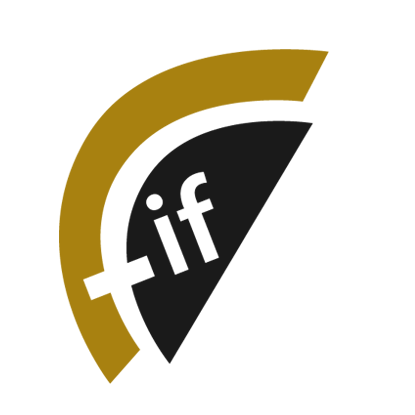The web has a history
Network and Vulnerability Analysis of Critical Infrastructures using the Example of Information and Communication Technology in the Rhine/Main Region
Period: 1.1.2023 – 30.06.2024
---
Prof. Dr. Christian Reuter | FB 20, Fachgebiet Wissenschaft und Technik für Frieden und Sicherheit (PEASEC)
Prof. Dr. Jens Ivo Engels | FB 2, Fachgebiet Neuere und Neueste Geschichte
---
Project description:
Digital information and communication technologies (ICT) are generally regarded as modern infrastructures, although some of them are based on older networks such as copper telephone cables or are modelled on the routes of other infrastructure networks. The historical layering of technology characterises present-day infrastructure networks and also their vulnerability. The research project, carried out jointly by the Chairs of Modern and Contemporary History and Science and Technology for Peace and Security (PEASEC), aimed to capture and analyse the implicit knowledge of operators about the historical and technical structures of their systems. It also investigated how historical components and route structures influence the vulnerability of the networks. The study focused on the Rhine-Main region as an area characterised by a high density of technical infrastructures and a mixture of both urban and rural areas. The project followed an interdisciplinary approach by combining engineering and historical methods and theories. Using expert interviews, quantitative network analyses and archival studies to identify and evaluate the historical layers of technical infrastructures, knowledge about historical contexts was harnessed for the development of resilient infrastructures. The findings were presented in three conference papers during the course of the project. Two extensive publications in the ACM Journal on Computing and Sustainable Societies and Technikgeschichte are in preparation. The project used various outreach activities to communicate practical recommendations for the planning and expansion of sustainable infrastructures. In the future, the project results will be incorporated into the follow-up project „Security of Fiber-Optic Critical Infrastructures“ (SecFOCI), which has been applied for and approved by the BMBF and HMWK as part of the National Research Centre for Applied Cybersecurity ATHENE, the LOEWE centre emergenCITY and the teaching activities of both participating chairs, some of which are jointly organised.


